The Mexican salamander is only found in two lakes and is considered critically endangered, with pollution and invasive predators driving the species’ decline.
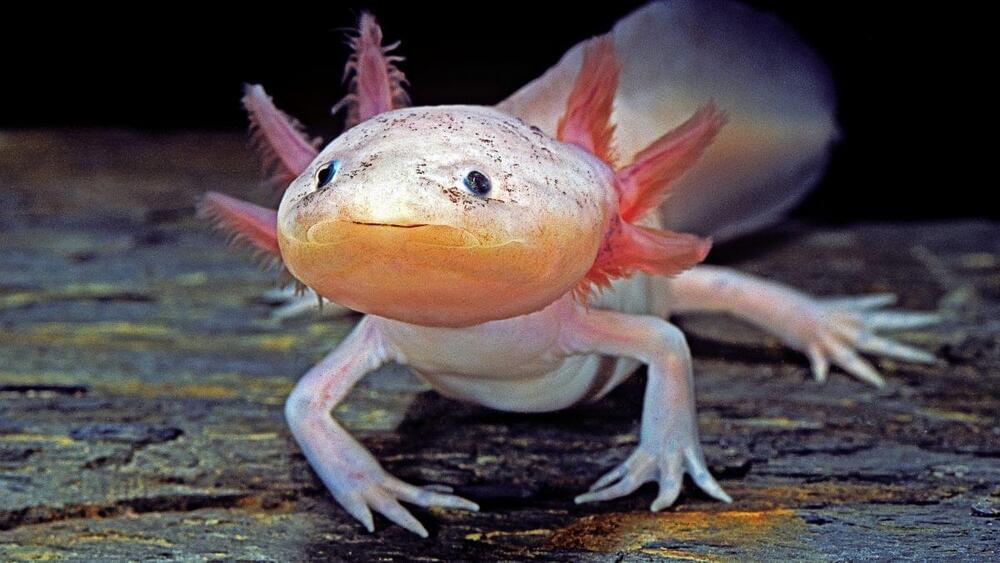

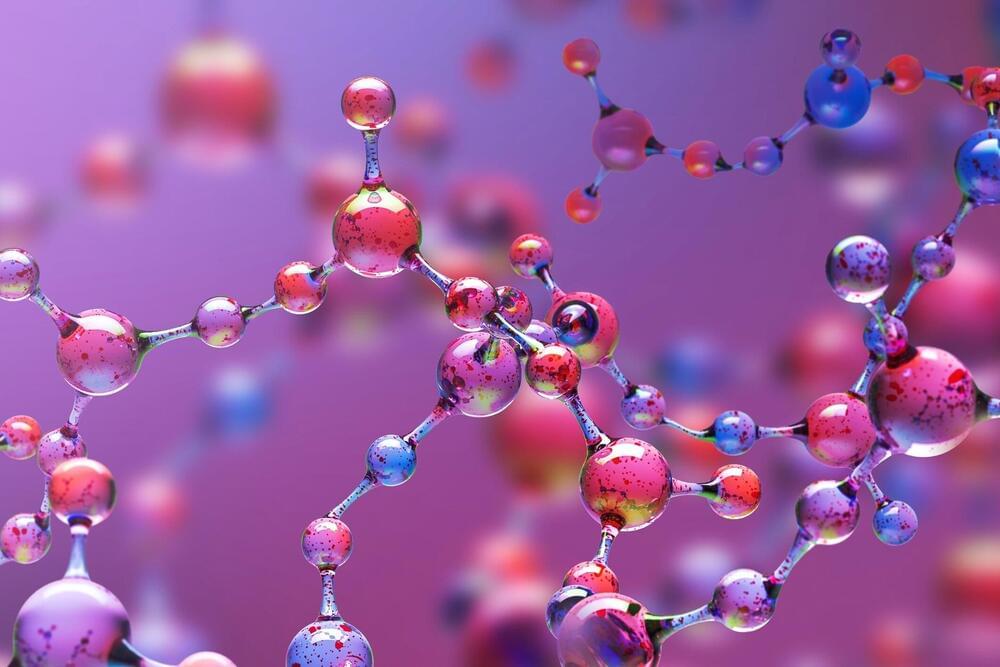
New chemistry, new enzymology. With a new method that merges the best of two worlds—the unique and complementary activities of enzymes and small-molecule photochemistry—researchers at UC Santa Barbara have opened the door to new catalytic reactions. Their synergistic method allows for new products and can streamline existing processes, in particular, the synthesis of non-canonical amino acids, which are important for therapeutic purposes.
“This method solves what in my opinion is one of the most important problems in our field: how to develop new catalytic reactions in a general sense that are new to both biology and chemistry,” said chemistry Professor Yang Yang, an author of a paper that appears in the journal Science. “On top of that, the process is stereoselective, meaning it can select for a preferred “shape” of the resulting amino acid.”
The synergistic photobiocatalytic method consists of two co-occurring catalytic reactions. The photochemical reaction generates a short-lived intermediate molecule that works with the reactive intermediate of the enzymatic process, resulting in the amino acid.
In September 2020 we sat down with Robert Sapolsky, Stanford professor and the author of Human Behavioral Biology lectures (https://youtu.be/NNnIGh9g6fA) to discuss if it’s possible for our society to reconcile our understanding of justice with scientific understanding of human behaviour.
Why do humans, most likely, have no free will? How does that link to depression and other psychiatric disorders? Can people accept the idea that there is no free will and start using, what science tells us about the reasons behind our behaviour, as a basis for making sense of justice and morality? If yes, can we even imagine what such society would look like?
This is a third interview with Robert. The first (https://youtu.be/VrQkl7PaA1s) and the second (https://youtu.be/yp9HE5xfojY) talks are available on our channel.
Fragile X syndrome is a genetic disorder caused by a mutation in a gene that lies at the tip of the X chromosome. It is linked to autism spectrum disorders.
People with fragile X experience a range of symptoms that include cognitive impairment, developmental and speech delays and hyperactivity. They may also have some physical features such as large ears and foreheads, flabby muscles and poor coordination.
Along with our colleagues Jonathan Watts and Elizabeth Berry-Kravis, we are a team of scientists with expertise in molecular biology, nucleic acid chemistry and pediatric neurology.


The show provides a glimpse into humanity’s astonishing diversity. Social scientists have a similar goal—understanding the behavior of different people, groups, and cultures—but use a variety of methods in controlled situations. For both, the stars of these pursuits are the subjects: humans.
But what if you replaced humans with AI chatbots?
The idea sounds preposterous. Yet thanks to the advent of ChatGPT and other large language models (LLMs), social scientists are flirting with the idea of using these tools to rapidly construct diverse groups of “simulated humans” and run experiments to probe their behavior and values as a proxy to their biological counterparts.
Dr. Michael Roberts, Ph.D. is Chief Science Officer of the International Space Station National Laboratory (https://www.issnationallab.org/), and Vice President at the Center for the Advancement of Science in Space (CASIS — https://www.issnationallab.org/about/center-for-the-advancem…dership/), which as manager of the ISS National Laboratory in partnership with NASA, is responsible to the nation for enabling access to the International Space Station for research, technology development, STEM education, and commercial innovation in space as a public service to foster a scalable and sustainable low Earth orbit economy.
Before joining CASIS in 2013, Dr. Roberts worked as a microbial ecologist, principal investigator, and research group lead in the NASA Advanced Life Support program at the Kennedy Space Center.
Prior to arriving at NASA-KSC in 1999, Dr. Roberts completed an undergraduate degree in biology at Maryville College, a doctorate in microbiology at Wesleyan University and post-doctoral research at the Center for Microbial Ecology at Michigan State University and the RIKEN Institute in Wako-shi, Japan.
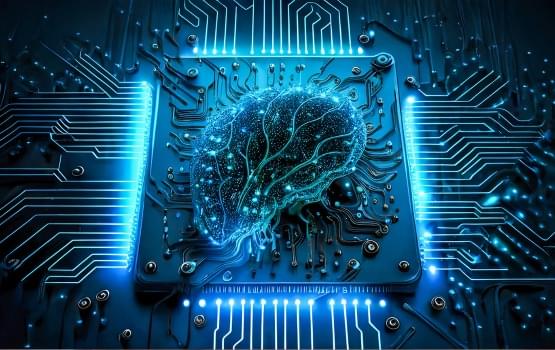
“The new research program, led by Associate Professor Adeel Razi, from the Turner Institute for Brain and Mental Health, in collaboration with Melbourne start-up Cortical Labs, involves growing around 800,000 brain cells living in a dish, which are then “taught” to perform goal-directed tasks. Last year the brain cells’ ability to perform a simple tennis-like computer game, Pong, received global attention for the team’s research.”
Monash University-led research into growing human brain cells onto silicon chips, with new continual learning capabilities to transform machine learning, has been awarded almost $600,000 AUD in the prestigious National Intelligence and Security Discovery Research Grants Program.
According to Associate Professor Razi, the research program’s work using lab-grown brain cells embedded onto silicon chips, “merges the fields of artificial intelligence and synthetic biology to create programmable biological computing platforms,” he said.
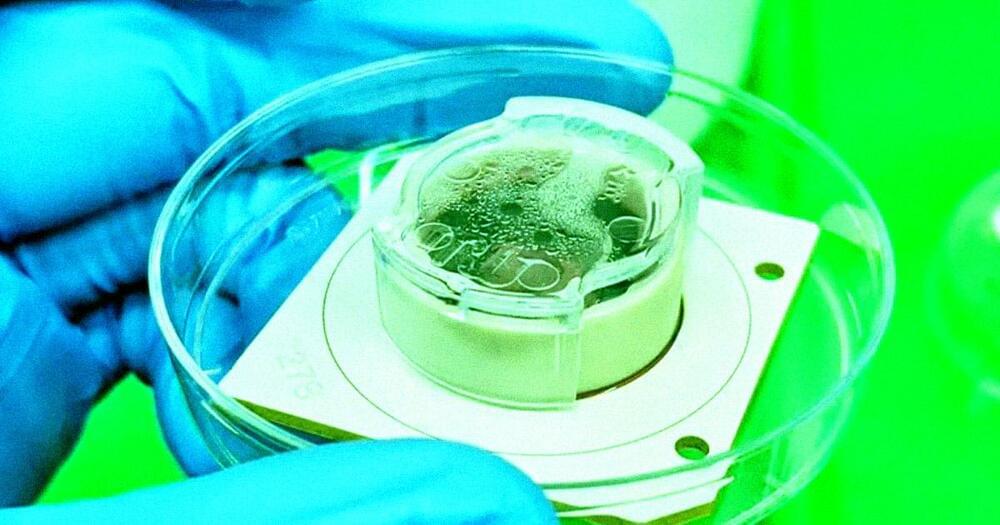
A team of researchers just got a $600,000 grant from Australia’s Office of National Intelligence to study ways of merging human brain cells with artificial intelligence.
In collaboration with Melbourne-based startup Cortical Labs, the team has already successfully demonstrated how a cluster of roughly 800,000 brain cells in a Petri dish is capable of playing a game of “Pong.”
The basic idea is to merge biology with AI, something that could forge new frontiers for machine learning tech for self-driving cars, autonomous drones, or delivery robots — or at least that’s what the government is hoping to accomplish with its investment.
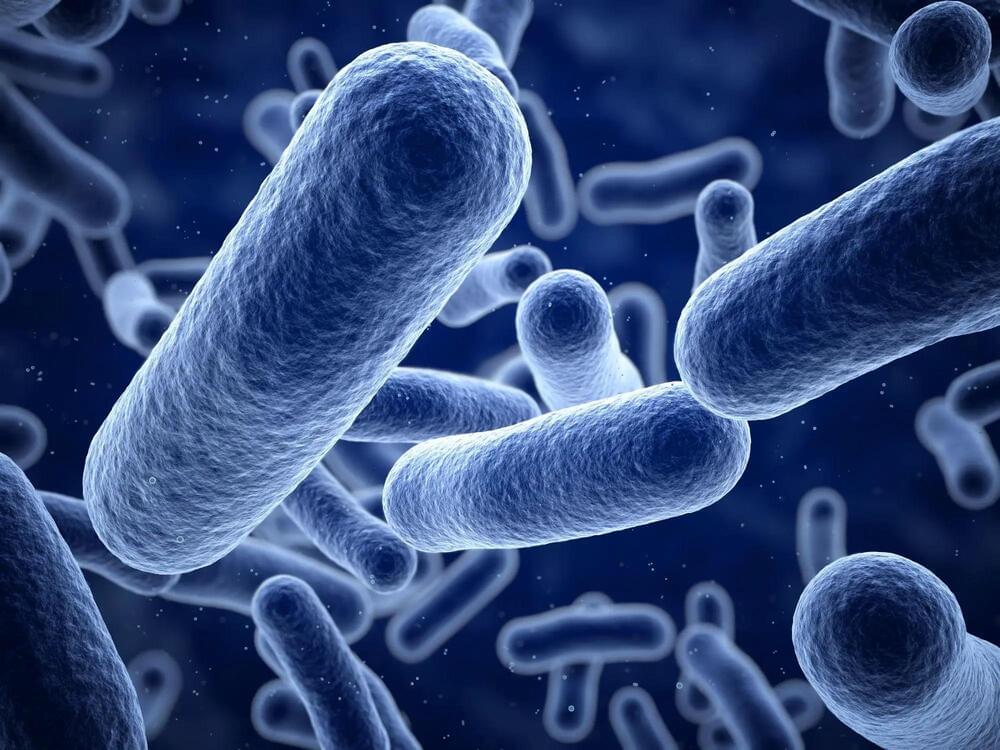
Scientists specializing in chemical and environmental engineering at the University of California, Riverside have discovered two types of bacteria in the soil capable of breaking down a class of stubborn “forever chemicals,” giving hope for low-cost biological cleanup of industrial pollutants.
Assistant Professor Yujie Men and her team at the Bourns College of Engineering have found that these bacteria are able to eradicate a specific subgroup of per-and poly-fluoroalkyl substances, known as PFAS, particularly those that contain one or more chlorine atoms within their chemical structure. Their findings were published in the scientific journal, Nature Water.
Unhealthful forever chemicals persist in the environment for decades or much longer because of their unusually strong carbon-to-fluorine bonds. Remarkably, the UCR team found that the bacteria cleave the pollutant’s chlorine-carbon bonds, which starts a chain of reactions that destroy the forever chemical structures, rendering them harmless.